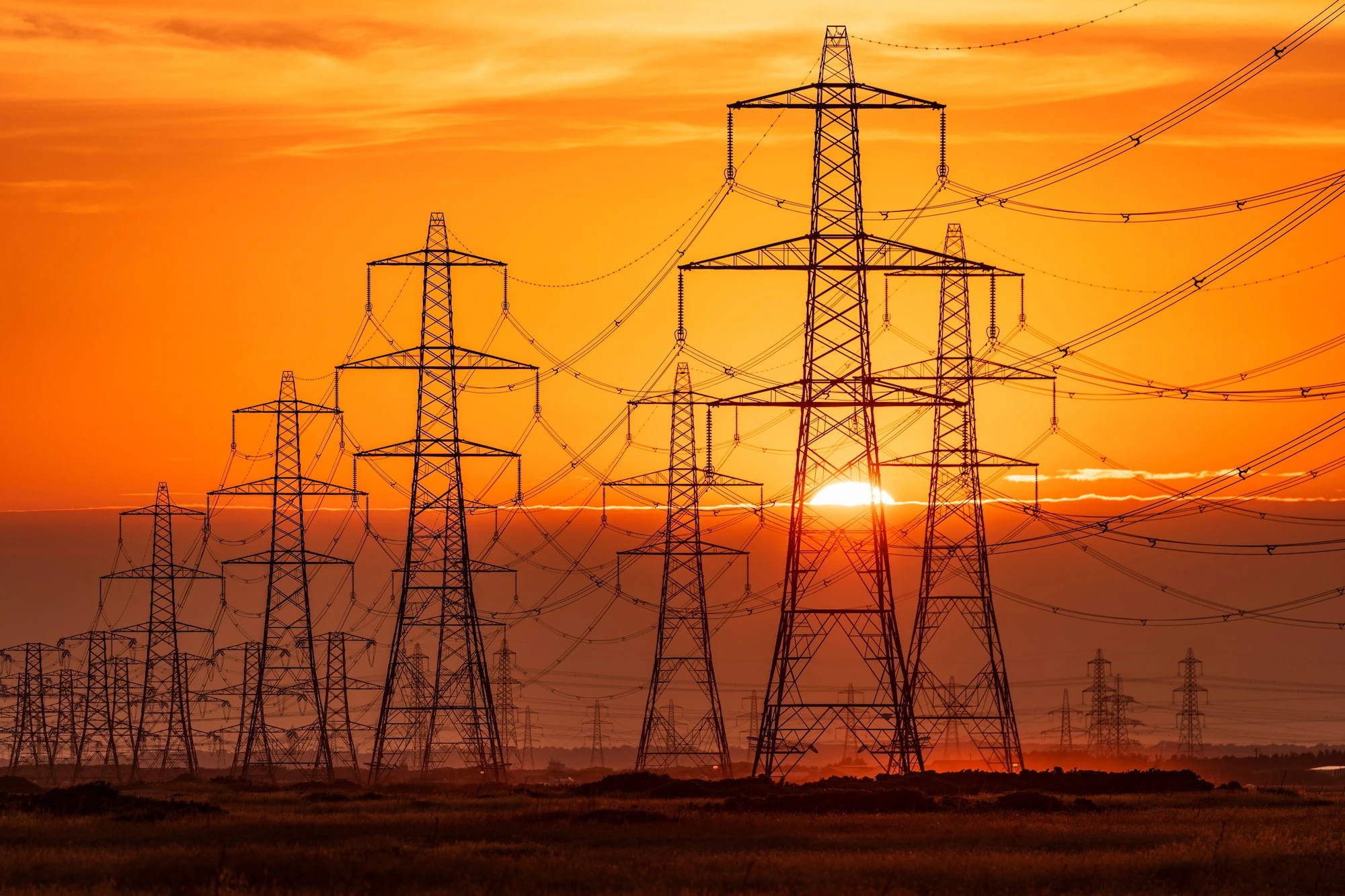AI is revolutionizing nearly every aspect of our lives—but as its computational needs skyrocket, so too does its appetite for electricity. What happens when the power required to fuel these systems begins to strain global grids and reshape the planet’s environmental balance?
Massive Growth in Energy Demand
Global data-center electricity demand is set to more than double by 2030, reaching around 945 TWh—a volume equivalent to Japan’s current consumption. Additionally, electricity used by AI‑specific processing is expected to quadruple by the same year.
Grid Stability at Risk
AI data centers can spike power usage tenfold within seconds, creating unpredictable load surges that threaten grid reliability. Utilities in regions like North America report increasing strain, with slower approval processes for new data-center connections—one took up to seven years to secure in Northern Virginia.
Environmental and Water Impacts
AI workloads now account for up to 20% of global data-center energy use, possibly rising to 50% by year-end. Google, for example, has seen a 51% increase in emissions since 2019 due to rising demand.
Cooling these centers consumes enormous freshwater volumes—a single 100 MW facility may use 2 million liters per day, leading to a global water footprint of 560 billion liters annually, projected to double by 2030.
Global Responses and Tensions
Countries such as Ireland and the Netherlands are already restricting new data-center developments due to power grid concerns. In the U.S., rollbacks of clean‑energy subsidies threaten to delay infrastructure investments just as AI-driven demand scales. China, by contrast, is expanding renewables to secure its AI ambitions.
Technology to the Rescue
Ironically, utilities are deploying AI to reinforce electrical systems, leveraging predictive maintenance, real-time monitoring, and workload-shifting tools to stabilize supply. Startups like Emerald AI, backed by major tech firms, are developing software that can delay or throttle AI workload processing to coincide with grid demand, with field pilot tests demonstrating 25% peak energy reduction.
The Path Ahead: Toward Sustainable AI
Sam Altman, CEO of OpenAI, emphasizes that “the cost of AI will converge to the cost of energy”—and estimates that the U.S. will need an additional 90 GW of generation (equivalent to 90 nuclear plants) to support AI by 2030.
Experts urge coupling energy and AI policy—mandating transparent reporting of power and water use, setting emissions targets per workload, and incentivizing efficient hardware and scheduling. Academic studies caution that while efficiency improvements help, they often enable larger models, leading to rebound effects where overall emissions continue rising.
Final Thoughts
The AI revolution is a powerful engine for innovation, but it also poses a formidable energy challenge with implications for climate, infrastructure, and geopolitics. Balancing rapid AI growth with reliable, sustainable power demands requires coordinated action:
- Scale renewables and clean energy sources
- Modernize grids with intelligent, flexible management
- Enact data‑driven policies to ensure environmental accountability
In pursuing this balance, we ensure that AI’s transformative potential does not come at the expense of our planet or our lights staying on.




